If you’re wondering how to tone your stomach and reduce stubborn belly fat, the good news is that it’s achievable without restrictive diets or extreme workouts. Fat around the tummy isn’t just a cosmetic issue, it’s linked to serious health risks like heart disease and diabetes. By making simple lifestyle changes, you can shed inches from your waist, boost your energy, and improve your overall health and happiness.
To effectively tone your stomach, combine balanced nutrition with regular exercise and mindful self-care. Focus on core-strengthening moves like planks, bicycle crunches and leg raises, paired with cardio workouts that help burn fat. Don’t forget the power of quality sleep, hydration and stress management - they all play key roles in reducing belly fat. By adopting these habits consistently, you’ll soon notice a firmer, healthier midsection and a revitalised sense of well-being. Here are expert tips on how to tone your stomach and get rid of belly fat.
How to tone your stomach:
1. Calculate your risk
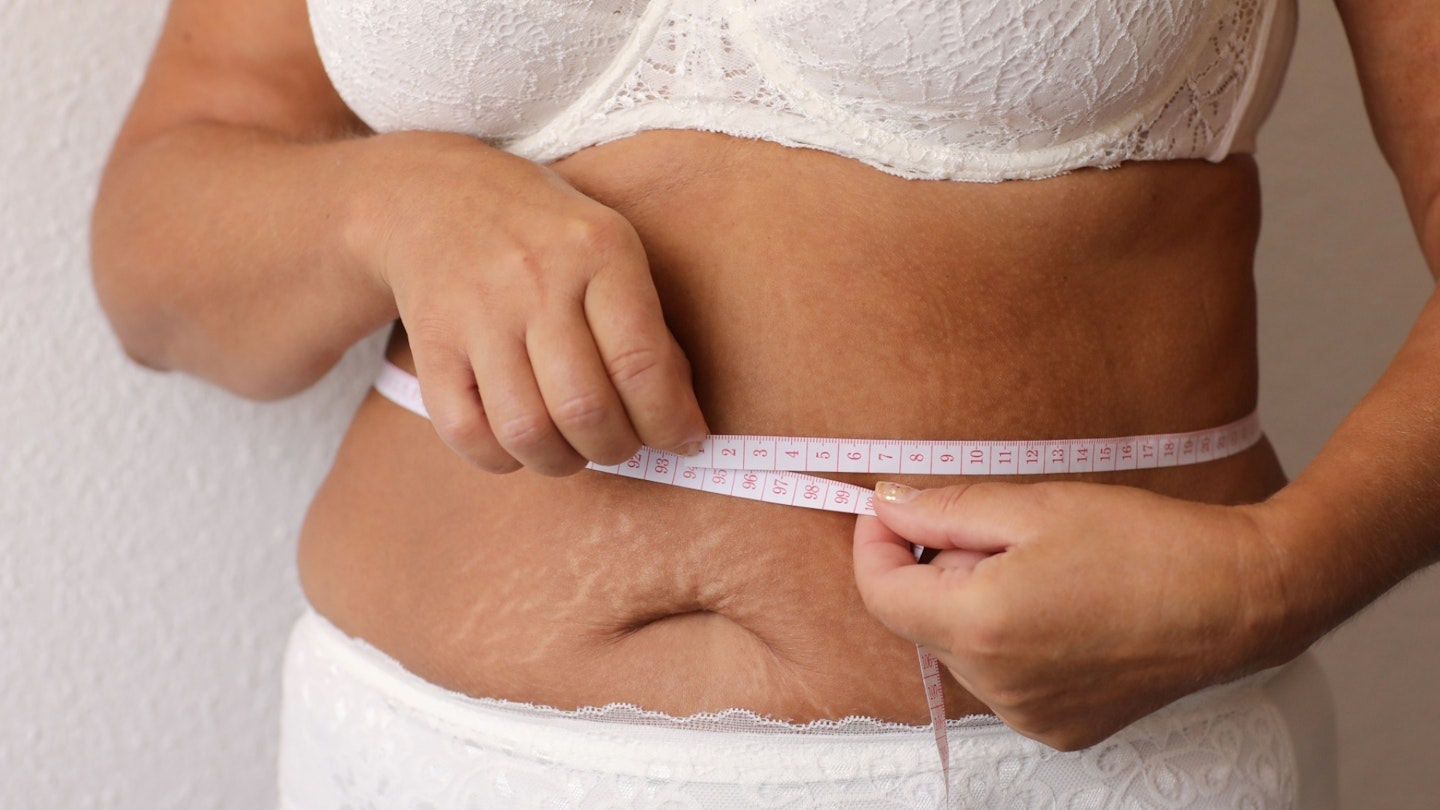
We know that carrying fat around your tummy is more dangerous than elsewhere on the body. Dr Sarah Cooke explains: “Carrying fat around the middle is associated with fat also being around your organs – known as visceral fat, which is linked with a higher risk of developing conditions such as type 2 diabetes, heart disease, fatty liver disease and high blood pressure. Abdominal fat can also increase the risk of cancers, including breast and endometrial cancers.” How do you know if you are at risk? “You may be able to visually tell, but it is more accurate to do measurements. The British Heart Foundation have a good calculator which takes into account gender and ethnicity. You can also calculate your waist-to-hip ratio, which is your waist measurement divided by your hip measurement (at the widest point). High risk of disease from abdominal fat is defined as a ratio over 0.9 for men and 0.85 for females.”
2. Reduce your UPFs

Ultra-processed foods (UPFs) have become a bit of a buzzword recently, but they’re usually defined as foods with more than five ingredients. “Think about those foods that you could not recreate in your kitchen,” explains Natalie Burrows. “Reduce those foods as they are generally unfamiliar to the body, often high in sugar, fat, and salt.” Instead, focus on your whole foods. “Go back to what nature gave us, spend longer in the fruit and vegetable aisle. I always say what grows in the ground, walks on the land, swims in the sea - or an egg - are your whole foods! That encompasses your meats and fish and your fruit and veg.”
3. Eat the rainbow
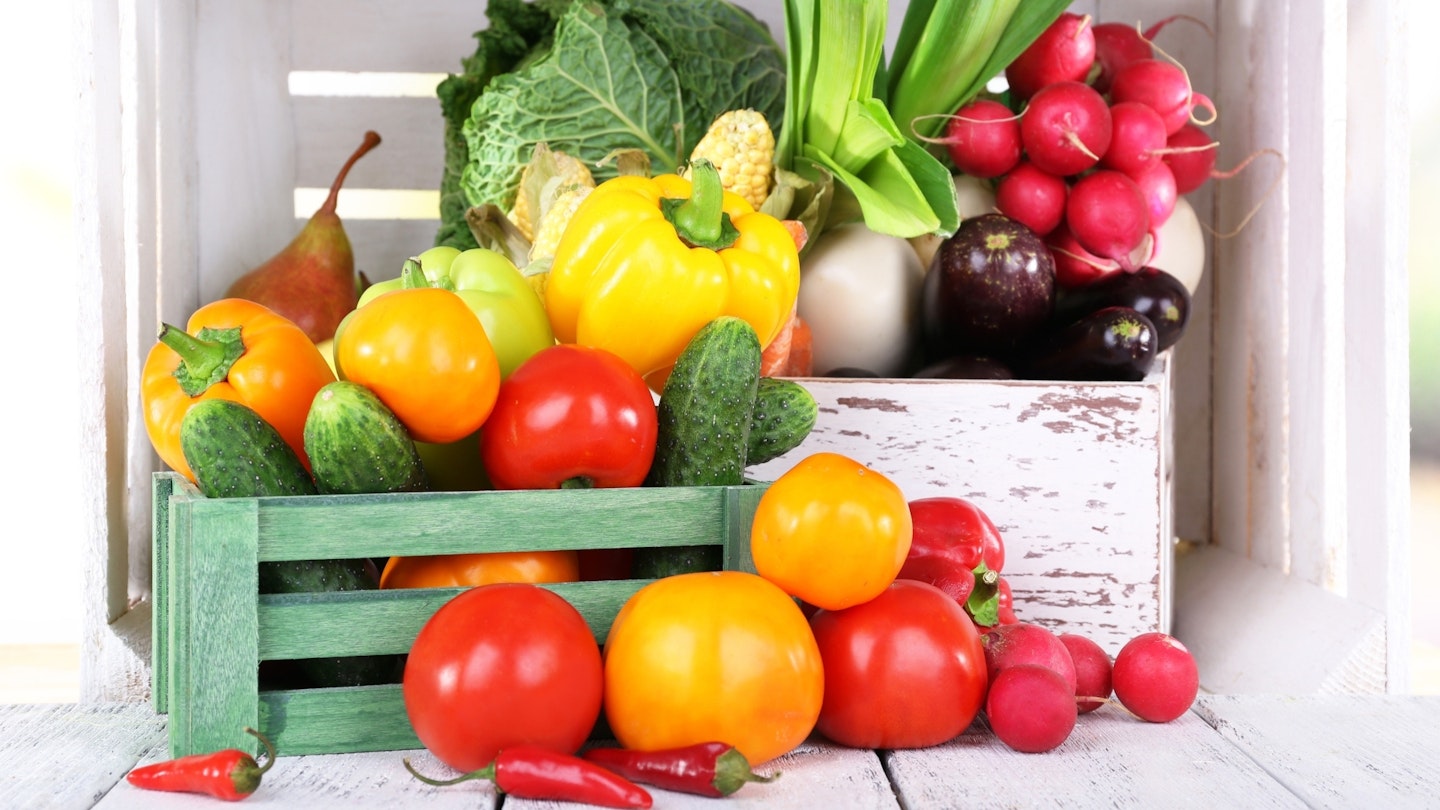
It’s a lovely phrase, but Natalie explains that eating as many colours as possible will provide you with the best nutrients. “When we see all those different coloured fruit and vegetables, it’s nature’s way of telling us that they contain different vitamins, minerals, and antioxidants. So what you’ll get from a lovely red tomato versus a broccoli is different, nature is trying to give you something different, and it tries to illustrate it through colour. Go to the fruit and vegetable aisle and think, ‘What else can I pick? What can I try this week?’”
4. Choose carbs carefully
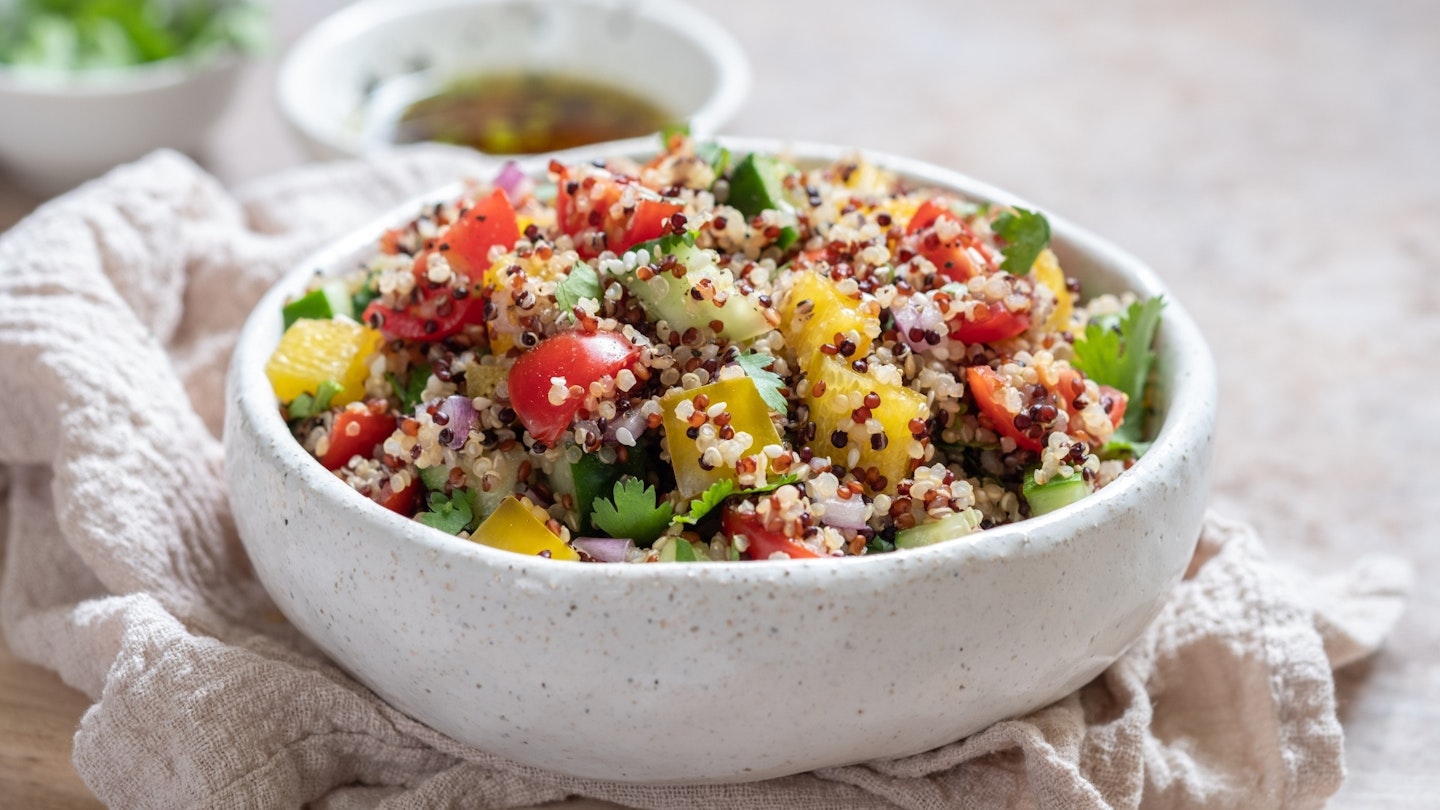
Natalie suggests choosing carbohydrates that keep your blood sugars more stable. “Reduce the traditional carbohydrates, like bread, pasta, and rice, and try something higher in fibre like wild or black rice, or switching to a grain like quinoa.” She’s also a big fan of root vegetables. “Things like butternut squash, beetroot, and carrots, they’re filling and satisfying.” If you have pre-diabetes or type 2 diabetes, opting for more vegetables over traditional carbohydrates will be the best choice to reduce your blood sugars.
5. Switch up breakfasts
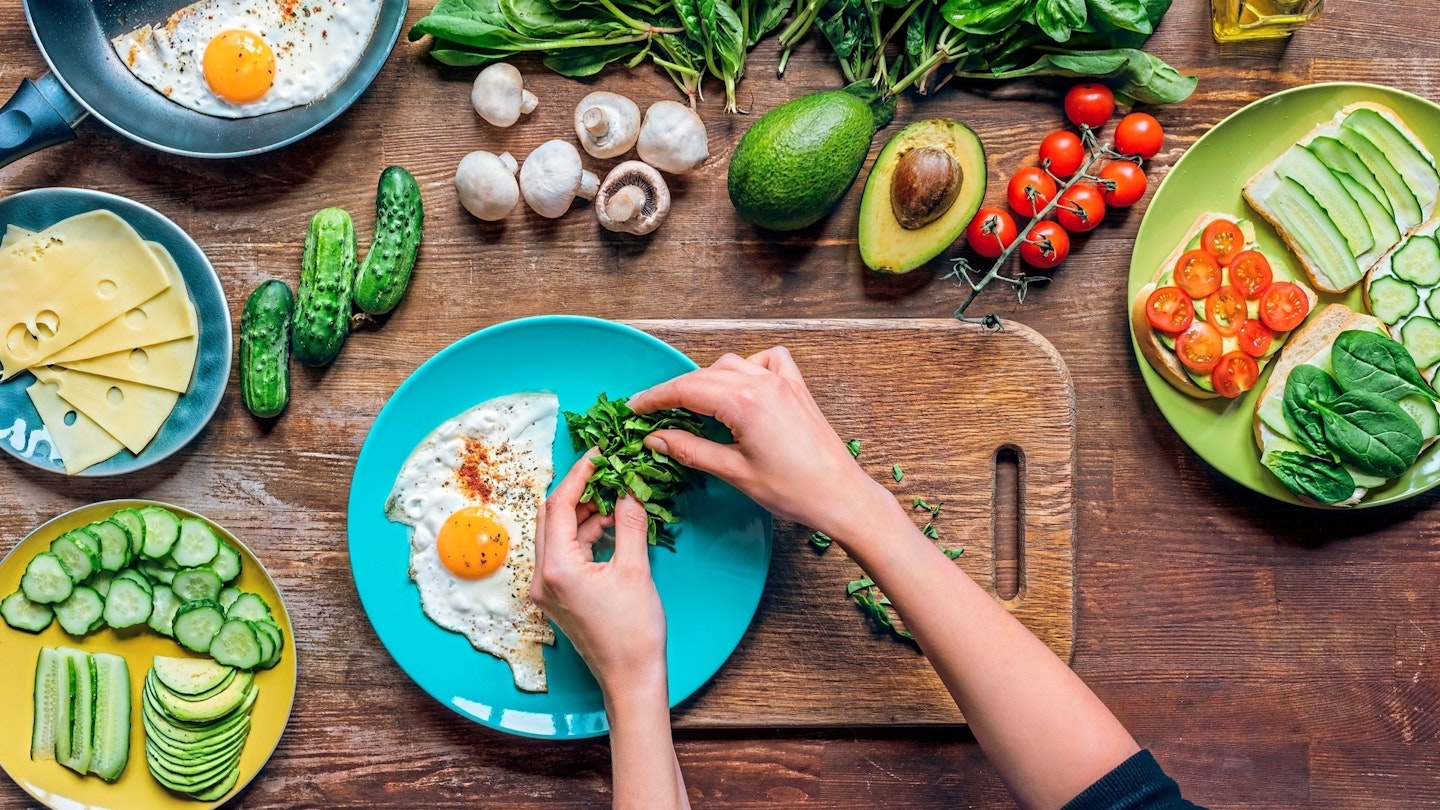
We tend to reach for toast and cereal first thing, but Natalie says we need to think differently and start the day with a healthy breakfast. “Toast and cereal are just carbohydrates. In the simplest of terms, the higher the carbohydrate intake in the diet and the more blood sugar spikes someone has, the more likely you are to have additional fat, especially round the middle.” So what should we be eating? “If I had to place the name superfood against any food, it would be eggs. Buy the best quality you can afford, as the better quality, the higher the nutritional benefits.
Pair eggs with veg for breakfast, something like sautéed spring greens or some tomatoes and mushrooms. You could grill some courgette, leeks or onions, or add some lean bacon, smoked salmon or kippers.” She adds that having a protein-heavy breakfast is vital. “Your blood sugars won’t be spiked, and you’re going to have more balanced energy throughout the day.”
6. Keep hydrated

Drinking water throughout the day is so important, but it can also help with weight loss, ensuring you don’t confuse thirst with hunger and replenish what your body needs. Natalie says we should be drinking between 1.75 and 2 litres a day. “That’s around 6-8 glasses. You can get some of your liquid through food too, a lovely bowl of soup would count, and if you’re eating more vegetables, you will get more fluid. A herbal tea also counts, and remember you can have warm water if you don’t fancy something cold.”
On the go a lot? Invest in a good water bottle to take everywhere with you.
7. Stay active

You don’t need to spend hours at the gym, Natalie says adding daily activity is most important, even if you do some easy at-home exercises. “Never underestimate the power of walking. Each walk will massively help towards reducing body fat, but also help towards your overall mobility. Something I always say is, ‘We get old because we stop, we don’t stop because we get old’, and walking and that basic element of keeping your mobility is so important. Just make small, manageable changes.” Dr Cooke adds that it’s important to find movement you enjoy. “Doing activities with friends is a brilliant option, not only for exercise but for social connection. The more fun you can have exercising, the better, as you're more likely to do it regularly!”
8. Add in some weighted exercises
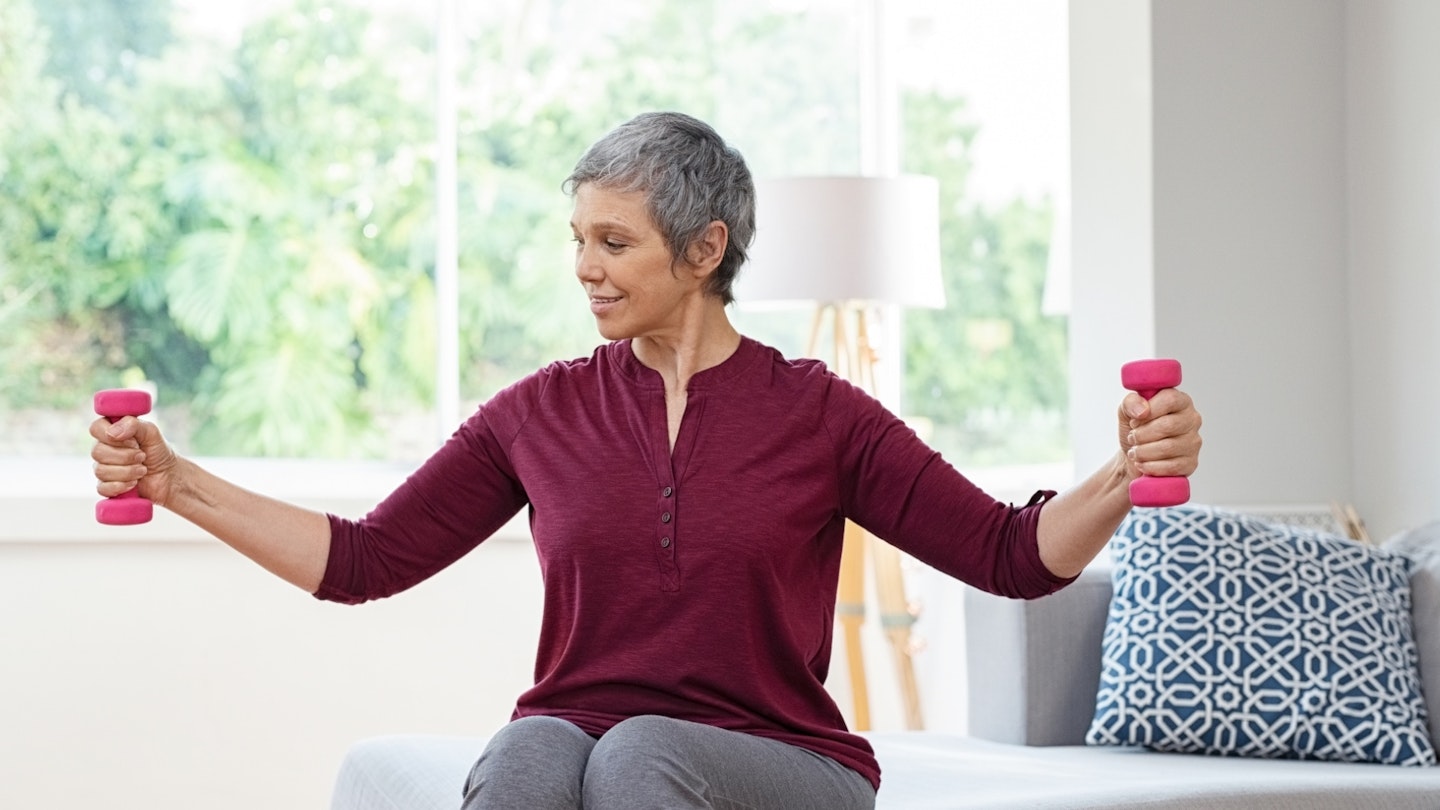
Keeping our muscle mass is vital. “Weighted exercises are great to help with muscle mass, bone density and can reduce the risk the risk of falls in older age. Try lifting cans of beans if you don’t have weights. Start slowly and over time build up the time you do these for, says Dr Cooke.”
Natalie has an easy way to add some more activity into your weekly shop. “I always suggest to clients that they park their trolley at the end of each aisle and carry items back to it. It’s great because you’re holding things, so keeping that upper body strength, but you’re also getting more steps in going to and from.”
9. Get plenty of sleep

Getting a good night’s shut-eye can be key to maintaining a healthy weight. Sarah explains: “When we are sleep deprived, our mood can dip, so we start to reach for food for comfort. We also seek out energy, usually in the form of refined carbohydrates such as sugary, processed foods, and these cravings are very hard to resist when we are tired. You're also less likely to do your regular exercise, and making healthy meals will be harder as you have less motivation.”
Her top tips for getting a good night's sleep? “Avoid caffeine after 12pm, develop a bedtime routine – something like a warm drink and reading in bed, avoid screen time for an hour before bed, and finally, try and keep a consistent routine – so wake up at roughly the same time every day and have roughly the same bedtime.”
MEET THE EXPERTS
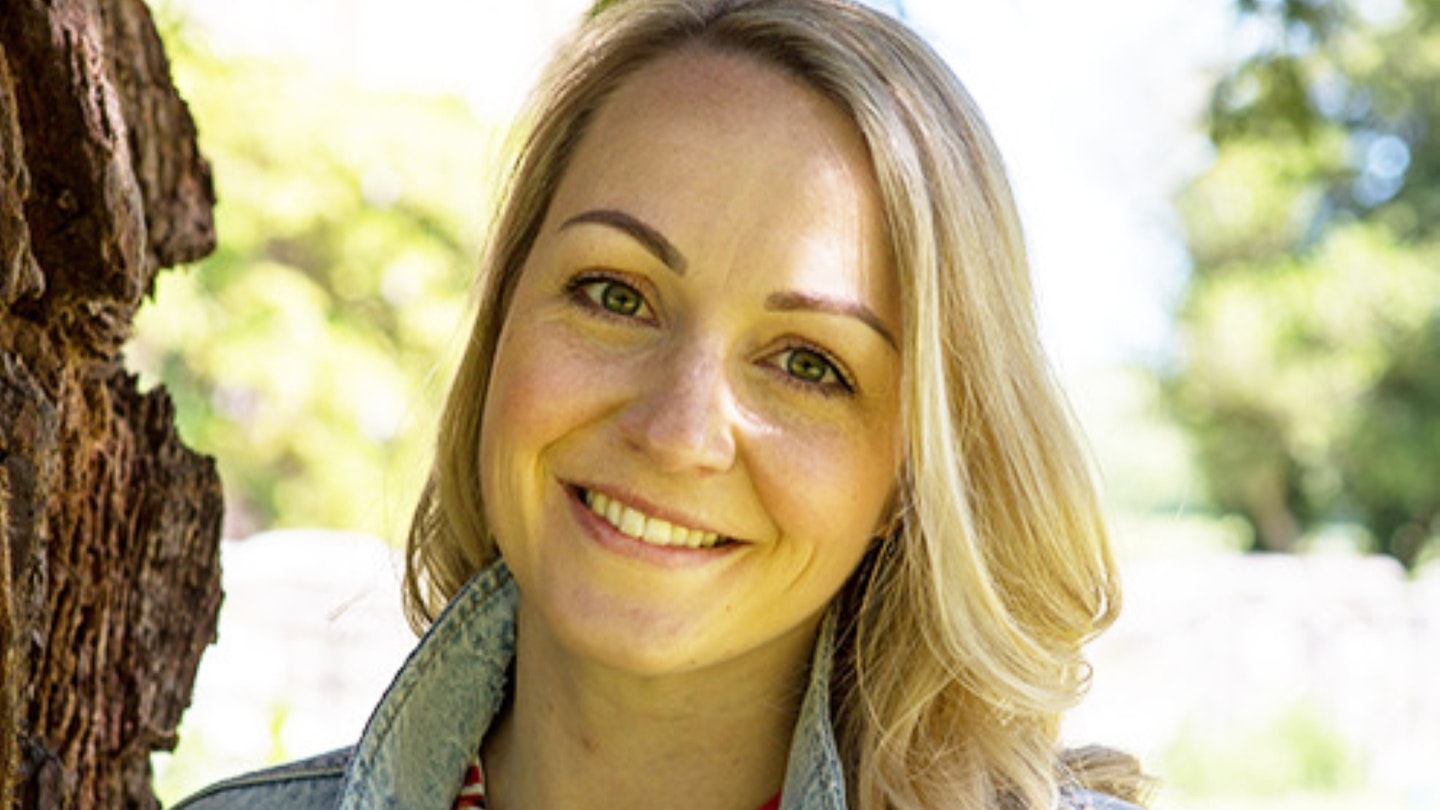
Natalie Burrows is a registered Nutritional Therapist and Clinical Director at Integral Wellness, a nutrition and health clinic specialising in blood sugars and cardiometabolic health, integralwellness.co.uk
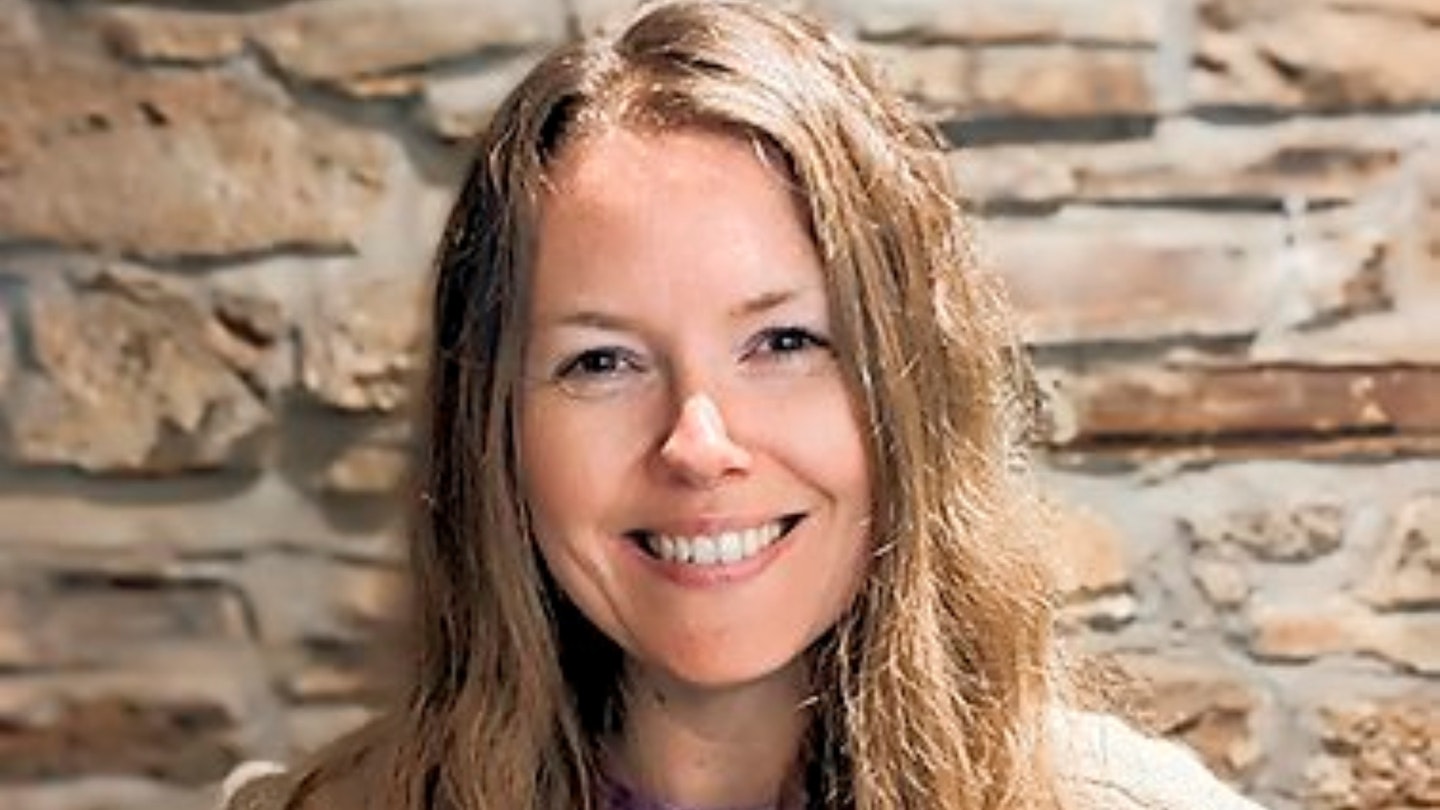
Dr Sarah Cooke is a GP and Registered Associate Nutritionist. She offers nutrition consultations to those wanting to lose weight or manage chronic health conditions, drscnutrition.com
Annabelle Lee is a Lifestyle Editor at Bauer Media. She specialises in health, wellness and lifestyle celebrity content.
